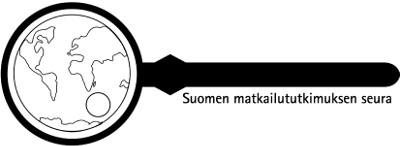The distant snowy land where rounded creatures dwell
Experiencing Moomin-related nostalgia and belonging in Finland
Avainsanat:
belonging, Finland, media-induced tourism, Moomin, Tove JanssonAbstrakti
With the release of the Moominvalley (2019–) animated TV series, the Moomin characters have once again appeared on screens across the world. Whether this newest adaptation of Tove Jansson’s books and comic strips will initiate a new ‘Moomin boom’ remains to be seen. Nevertheless, the re-appearance of the Moomins in domestic (Finnish) and international media has sparked a resurgence of nostalgia among audiences already familiar with the characters. The present study examines what meanings are attributed to the Moomin stories and sites associated with them in the context of media-induced tourism. The study draws on seven English-language press articles featuring authors’ observations and reflections on their visits to places with connections to the Moomins and/or Tove Jansson in Finland. The personal importance of Jansson’s works and associated locations for these members of the audience is revealed through analysis of the notions of belonging and nostalgia in their accounts. On a wider sociocultural level, the findings demonstrate that values associated with Jansson’s texts are (re)negotiated in new contexts and found relevant in times of contemporary socioeconomic, political and environmental crises, and that it reflects in how places with connections to her and her works are viewed and experienced. The data further show that themes in the Moomin books are viewed in parallel to what is perceived as Finnish values, such as care for others, equality and respect for nature. Finland is also imagined as a fairytalesque land, both the home of the writer and even of the Moomins themselves.
Viittaaminen
Copyright (c) 2023 Evgenia Amey

Tämä työ on lisensoitu Creative Commons Nimeä-EiMuutoksia 4.0 Kansainvälinen Julkinen -lisenssillä.






